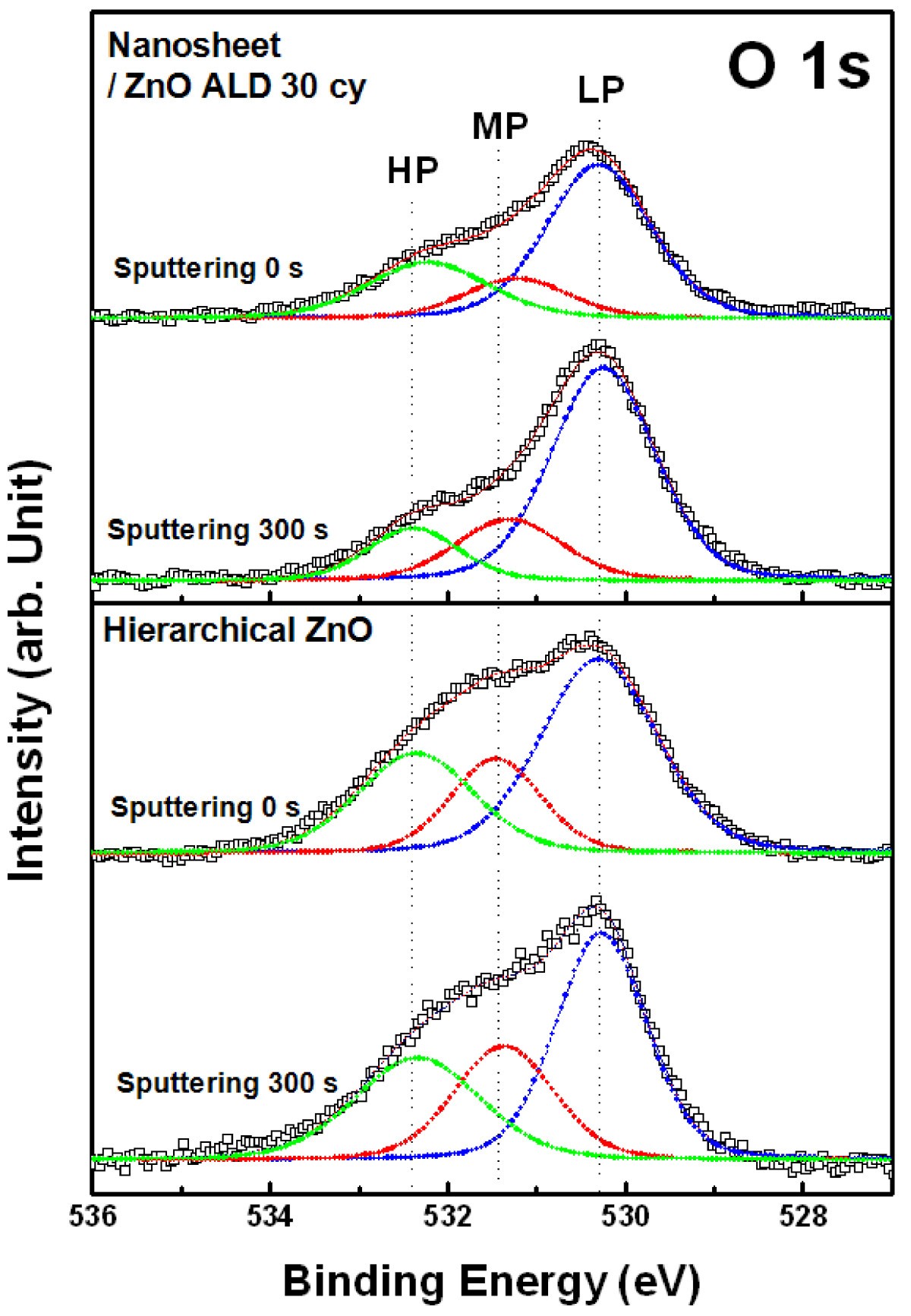
In addition, the NIST Electron Elastic-Scattering Cross-Section Database (SRD 64) and the NIST Database of Cross Sections for Inner-Shell Ionization by Electron or Positron Impact (SRD 164) provide data for Monte Carlo simulations of electron transport in matter and for applications in atomic physics, plasma physics, radiation physics, and materials analysis by electron-probe microanalysis. The surface databases provide data for surface analysis by Auger-electron spectroscopy (AES) and X-ray photoelectron spectroscopy (XPS). The compounds 1 and 2 spectra for cobalt (781.53 eV, charge transfer satellite peak at 786.87 and 2p 1/2 in 797.42 eV, charge transfer satellite peak at 802.96 eV) and nickel (855.20 eV, charge transfer satellite peak at 861.22 and 2p 1/2 in 872.87 eV, charge transfer satellite peak at 879.47 eV) were compared with CoO and NiO. Selected NIST-Recommended Practice Guides in Material Sciencesĭownload NIST Simulation of Electron Spectra for Surface Analysis at no cost.SESSA: NIST Simulation of Electron Spectra for Surface Analysis. PED: NIST-ACers Phase Equilibria Diagram Database 4.4 demo and PED Editor.PIV Cards: NIST Test Personal Identity Verification Card.ICSD: The NIST Inorganic Crystal Structure Database (ICSD) is a comprehensive collection of crystal structure data of inorganic compounds containing more than 210,000 entries and covering the literature from 1913.Mass Spec: NIST/EPA/NIH Mass Spectral Library MS Data Center.REFPROP: Reference Fluid Thermodynamic and Transport Properties FAQ.The peak intensities measure how much of a material is at the surface, while the peak positions indicate the elemental and chemical composition. NIST ICSD SRD3 is currently available, visit XPS spectra are, for the most part, quantified in terms of peak intensities and peak positions. The International Union of Pure and Applied Chemistry designated the isotope C-12 as the basis for atomic weights, while the unstable isotope C-14, with a half-life of 5700 years, is used for carbon dating.Recent Update. Carbon-based compounds are the basis for all living systems and comprise the structure of fossil fuels in the form of hydrocarbons. The measured O 1s binding energies were 532.8 eV for ether and alcohol oxgens, 532.2 eV for ketone oxygens and 532.2 and 533.7 eV for the carbonyl- and ether-type oxygens in ester groups, respectively. Carbon’s small size allows it to form multiple bonds with many other small atoms, including carbon atoms, and is prevalent in a large number of chemical compounds. XPS spectra of nine model polymers containing oxygen functional groups are studied.

Four allotropes of carbon are known: amorphous (e.g., charcoal and soot), graphite, diamond, and fullerenes. Obtained from: burning with insufficient oxygenĬarbon has been known since ancient times when it was produced by burning organic material in the presence of insufficient oxygen.


 0 kommentar(er)
0 kommentar(er)
